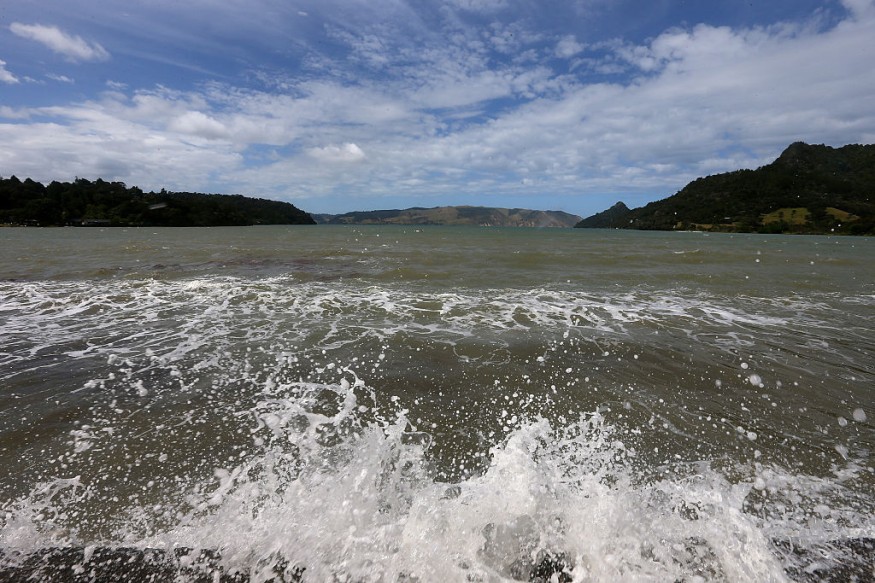Ancient dead creatures or tiny creatures from millions of years ago buried under the oceans could influence the nest megathrust earthquake, according to a new study led by New Zealand. Researchers claim long-dead marine organisms may affect the intensity of the next destructive earthquake along the Hikurangi subduction zone, the largest fault in the vicinity of New Zealand.
The zone is reportedly capable for generating megathrust earthquakes that normally produces magnitudes 8 and above on the Richter scale, the measurement used to determine the intensity of an earthquake. The new research shows that tiny, ancient marine organisms could play a major role on the next seismic event in the region, an unprecedented discovery never deemed never seen before.
Scientists involved in studying the region have discovered that calcite deposits from the ancient marine organisms can control the movement and friction level between tectonic plates such as the Pacific plate and the Australia plate. The influence of these deposits in the plates can theoretically affect the outcome of the next mega earthquake, wherein geological factors and other elements are still applied.
Since time memorial, earthquakes have been a natural occurrence on Earth, especially in parts of the planet where tectonic plates intersect with one another such as the 'Pacific Ring of Fire' located in the Pacific Ocean. In recent decades, scientists have been figuring out when the next big earthquake will occur in different parts of the world, including a looming threat beneath the San Francisco Bay.
Ancient Dead Creatures

The new paper about the relation between ancient dead creatures and megathrust earthquakes was published in the journal Lithos. A research team from the Victoria University of Wellington postulated there is a 26% chance of a large earthquake in the next 50 years along the Hikurangi Subduction Zone. The quake will be strong enough to send a large tsunami.
The paper highlights that geologists know less about the said fault than other faults in New Zealand due to the fact that it cannot be examined up close. Previous earthquake records are not comprehensive and knowledge about the fault's condition is not enough, making it hard to predict the next big quake, according to the researchers.
Megathrust Earthquake
In a news release on Monday, October 10, the Victoria University of Wellington revealed Dr. Carolyn Boulton who works at the same educational institution has been leading a team of so-called earthquake scientists learning a rocky bluff along the Hungaroa fault, located on the margins of the Hikurangi subduction zone.
In the site, the team find the calcite deposits left behind by the masses of single-celled marine organisms dating back from tens of millions of years ago. The deposits were reportedly found to be capable of blocking plate tectonic movements, locking up potential energy that will be released later in a form of a sudden burst, causing a megathrust earthquake.
Calcite dissolves faster in water when it is overwhelmingly stressed and when temperatures are cooler. However, they get harder to dissolve when temperatures go higher, for instance, areas deeper beneath the Earth, according to Boulton, as cited by Science Alert.
Related Article: Experts are Studying the "Biggest Earthquake in Human History"
© 2025 NatureWorldNews.com All rights reserved. Do not reproduce without permission.




